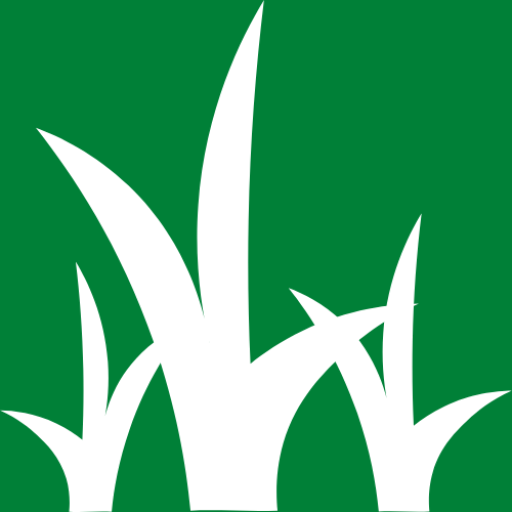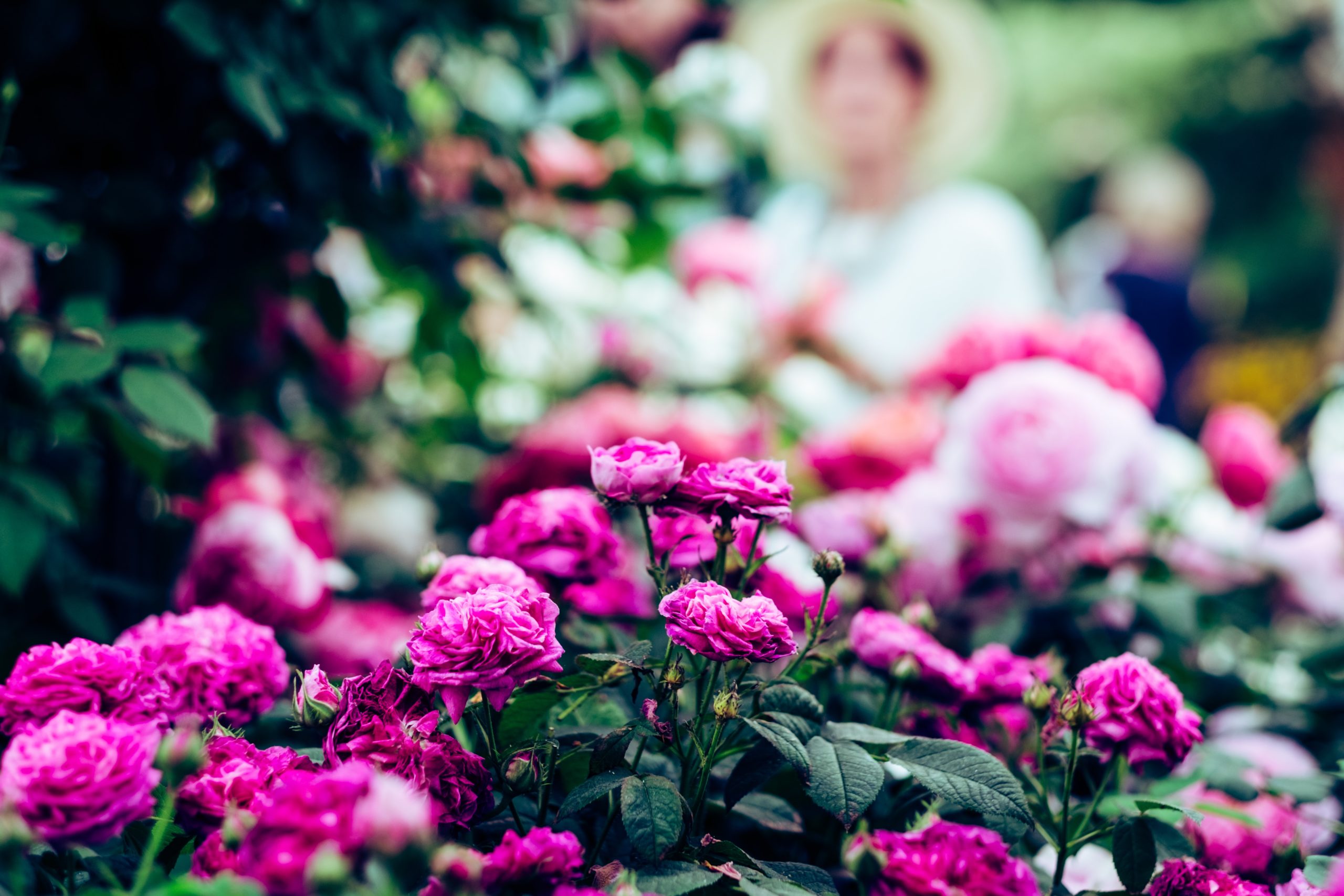Roses have a bad reputation for being difficult to grow and maintain over the years. If you want to grow roses, don’t let this rumor deter you. While rose gardening can be difficult at first, if you get the hang of it, it actually isn’t that bad.
When you first begin rose gardening, you must decide what type of rose you want to grow, and I don’t mean the color. You can select between bare-root, pre-packaged, or container-grown roses. In the winter and early spring, bare-root roses are available. They should be planted as soon as the frost has passed and the ground is warm enough to work in. Pre-packaged roses are bare-root plants offered in a bag or box with moisture-retaining material around the roots, such as sawdust. Container-grown roses are cultivated, as you might expect, in containers. When they become accessible in the early spring, they will be either budding or already in blossom.
Planting in rose gardening is similar to planting in any other sort of plant. The most critical factor, as always, is good, healthy soil and a decent planting location. The planting methods for roses, whether bare-root or container-grown, are the same as for any other shrub. Make sure the location you select has good drainage, lots of sunlight, and will not crowd your roses. Before planting, remove any dead leaves and thin or damaged stems. Any damaged or very lengthy roots should also be clipped. Soak bare-root roses in water for 10-12 hours before planting to return moisture to the roots, and moisten the soil as well. Make sure the hole you made is large enough for the rose’s root growth. It is also advisable to apply compost or mulch. After all, roses, like any other plant, require additional nutrients.
Roses require the same things as other plants; they are just a little more demanding. One of the most important things to remember when growing roses is that they are heavy feeders and will require multiple fertilizer applications. Fertilizing should begin in early spring and end in early fall. Make sure not to over-fertilize (follow the recommendations on the fertilizer) and to water after each feeding. Roses demand a lot of water; a thorough watering twice a week should enough.
Pruning is an important element of flower cultivation. It promotes healthy plant development and boosts flowers. Pruning instructions vary depending on the variety of rose, so you should research your rose type and see what is recommended.
The most important thing to remember when it comes to rose gardening is to water, water, and water some more. Another aspect of rose gardening is the amount of fertilizer and nutrients required, as well as the pruning required to keep your roses under control and healthy. Even though rose gardening requires more time and effort, they are one of the most unique and beautiful plants and are well worth the extra effort.

